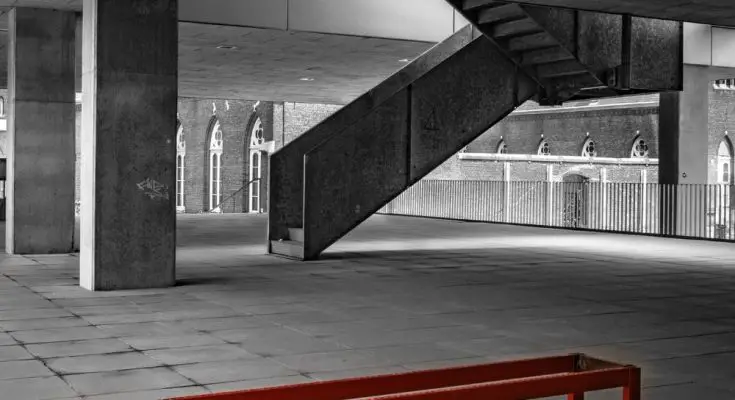Many individuals love discovering new interior designs. Some enjoy the calm of minimalist designs, while others enjoy the busyness of maximalism. You should also explore styles like brutalism. Here’s a brief history of the brutalist interior design.
Where Did Brutalism Come From?
Brutalism didn’t come around until the 1950s, well after World War II. However, it didn’t reach its peak until the 1960s and slowly died down by the 1970s.
Many ransacked buildings in Europe were rebuilt, trying to find new ways to bring back their old architecture but with modernity thrown into the mix. That’s when a Swedish architect coined the term “brutalism”—that man was Hans Asplund.
Asplund’s term described industrial-styled infrastructures with blocky modern designs. There are many interpretations of this interior theme, such as the example in the next section below.
Examples of Brutalism
Many homes with blocky exteriors, furniture, and primarily neutral-toned colors are brutalist designs. Brutalism has a very modern appeal.
For example, the Unite d’Habitation is an apartment building designed by French designer Le Corbusier. The facility uses raw materials such as cement, and close to 1,600 individuals could live there at once.
How Governments Embraced Brutalism
The brutalism style was a big hit for governments. Countries redesigned buildings for their prominent institutions with brutalist layouts. Many local governments reconfigured the designs for public and low-income housing.
Brutalism’s Major Comeback
After a 40-year pause, brutalism made a comeback. Instead of remaking old buildings into standoffish concrete blocks, modern interiors made the industrial interiors approachable. With blocky furniture, the revival of this style highlighted many vital areas of a home, especially appreciating concrete walls, floors, and ceilings.
How Brutalism Added to Interior Design
Decay on a building is the highlight of brutalism, mainly because it shows the age of a building. With many buildings in urban areas decaying, it becomes harder to maintain. Although it’s harder to sustain, there are ways to bring it back to life. Brutalism inspired many to appreciate a house’s age, allowing them to find ways to apply brutalism to other areas of the home while maintaining the property.
With so many ways to style your house, the most important thing to consider is the history behind a home’s design, such as the history of the brutalism interior style.



